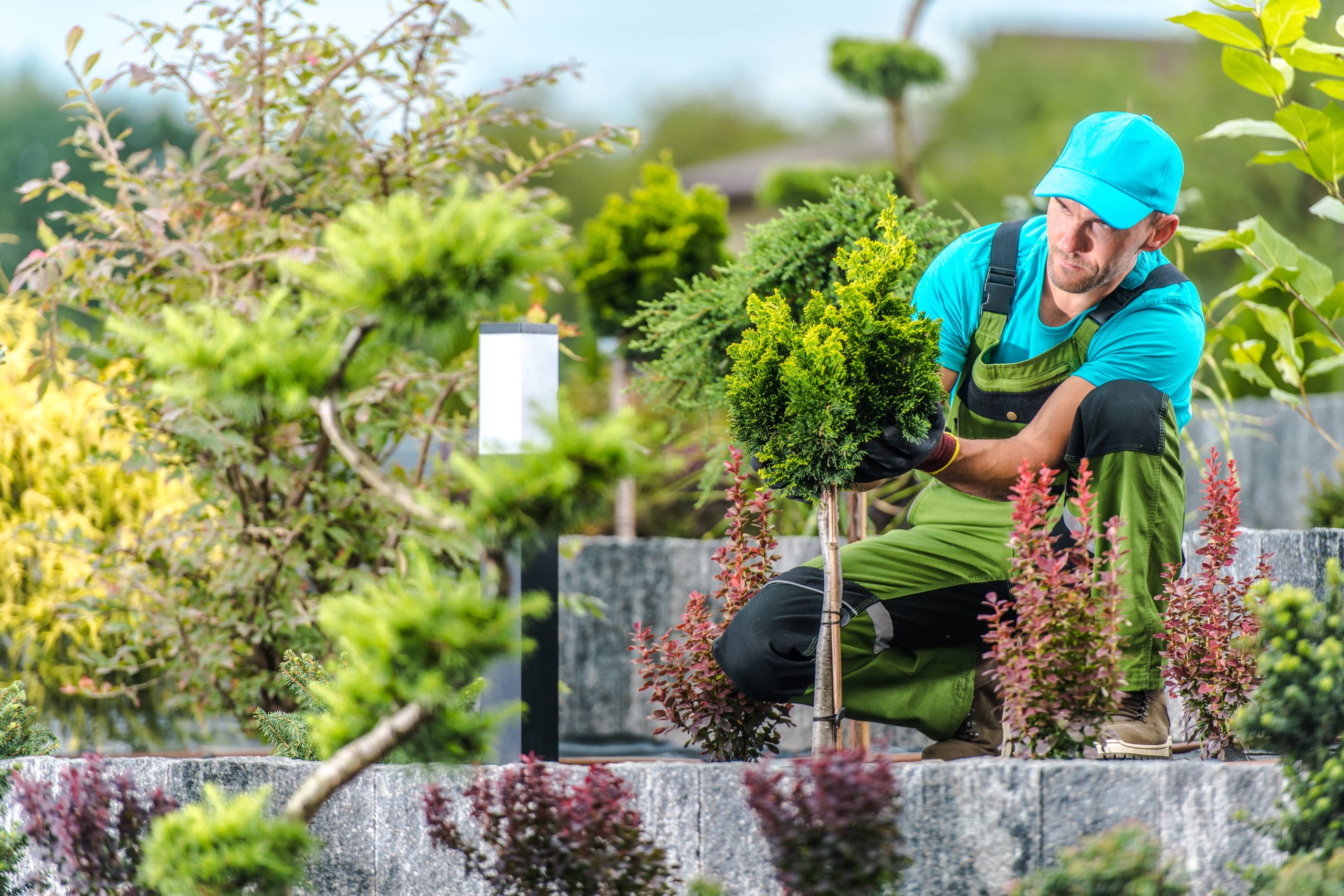
In today’s fast-paced world, many homeowners find themselves juggling multiple responsibilities—work, family, hobbies, and social activities, just to name a few. With such a packed schedule, dedicating time to maintain a lush, elaborate garden can become a challenging task. However, a well-kept outdoor space doesn’t have to demand all your free time. Instead, consider opting for low maintenance landscaping that allows you to enjoy a beautiful garden without the constant upkeep. Here are some practical ideas to transform your outdoor space into a stunning and manageable landscape.
1. Opt for Drought-Resistant Plants
Drought-resistant or drought-tolerant plants are excellent choices for busy homeowners. These plants require less water and care, making them easier to maintain. Succulents, ornamental grasses, lavender, and yucca are popular options that can withstand dry conditions while adding texture and color to your landscape. Additionally, using native plants that are well-suited to your local climate can reduce the need for constant watering and fertilization.
2. Use Ground Covers Instead of Grass
Traditional lawns demand regular mowing, watering, and fertilizing—tasks that consume both time and resources. By replacing grass with low-maintenance ground covers, you can significantly reduce your landscaping workload. Consider planting creeping thyme, clover, or moss, which not only require less care but also add a unique aesthetic to your garden. These ground covers can quickly fill in spaces and suppress weeds naturally.
3. Incorporate Hardscaping Elements
Hardscaping elements such as patios, walkways, and retaining walls can enhance the visual appeal of your landscape while requiring minimal upkeep. Use materials like stone, gravel, or pavers that blend seamlessly with the natural environment. These features can break up garden spaces, creating defined areas that are easy to manage. Plus, they provide practical benefits, such as less mud and dirt being tracked into your home.
4. Mulch is Your Friend
Applying mulch to your garden beds is a simple yet effective way to conserve water, suppress weeds, and reduce maintenance. Organic mulch, such as bark or wood chips, improves soil structure and nutrient content as it breaks down. It also helps maintain a consistent temperature around plant roots, reducing stress during extreme weather conditions. Regularly replenishing mulch once or twice a year is generally all that’s needed to keep your garden looking tidy.
5. Implement a Drip Irrigation System
Watering your garden by hand or using a standard sprinkler system can be time-consuming and often inefficient. A drip irrigation system offers a solution by delivering water directly to the roots of your plants. This targeted approach reduces water wastage and ensures that your plants receive the moisture they need to thrive. Many modern drip systems come with timers, allowing you to automate your watering schedule and free up your time for other activities.
6. Choose Perennials Over Annuals
Perennials are plants that live for more than two years, unlike annuals that complete their life cycle in one growing season. By opting for perennials, you can enjoy a garden that blooms year after year with minimal replanting required. Some popular low-maintenance perennials include hostas, daylilies, and echinacea. These plants also tend to be more resilient to varying weather conditions, reducing the time needed for plant replacement.
7. Simplify Your Plant Palette
A landscape filled with a wide variety of plants can be visually stunning but often requires significant time and effort to maintain. Simplify your plant palette by selecting a few key species that work well together and thrive in your environment. This strategy not only reduces maintenance but also brings a cohesive look to your garden. Group plants with similar care requirements to streamline watering and fertilization schedules.
8. Install Low-Maintenance Garden Features
Animals, fountains, or intricate fixtures in your garden might charm the eye, but they often require upkeep. Instead, opt for low-maintenance features like bird feeders or simple garden sculptures. These elements add interest and character to your space without the need for constant attention. Consider incorporating a bench or seating area where you can relax and enjoy the fruits of your minimal labor.
9. Design with Function and Aesthetics in Mind
Smart landscape design combines functionality with aesthetic appeal. Design your layout with ease of access and maintenance in mind. For instance, raised garden beds can reduce the need for bending and weeding, while gravel or paved walkways prevent muddy paths. Keep color and texture in mind to ensure your garden remains visually appealing throughout the seasons.
10. Plan for Seasonal and Life Changes
As a busy homeowner, it’s essential to plan your landscaping with flexibility in mind. Choose plants and features that can adapt to seasonal changes and require minimal alterations. Additionally, consider how your time and resource availability may change over the years. By planning a flexible landscape, you can ensure that your outdoor space remains low maintenance regardless of life changes.
In conclusion, a beautiful, thriving garden doesn’t have to be a high-maintenance endeavor. With careful planning and thoughtful plant selection, you can create a landscape that suits your lifestyle and offers a peaceful retreat from the demands of everyday life. By implementing these low-maintenance landscaping ideas, busy homeowners can enjoy the beauty of nature without sacrificing their precious time. So go ahead, transform your garden into a haven of serenity and simplicity, and relish in the rewards of a well-designed outdoor space.













